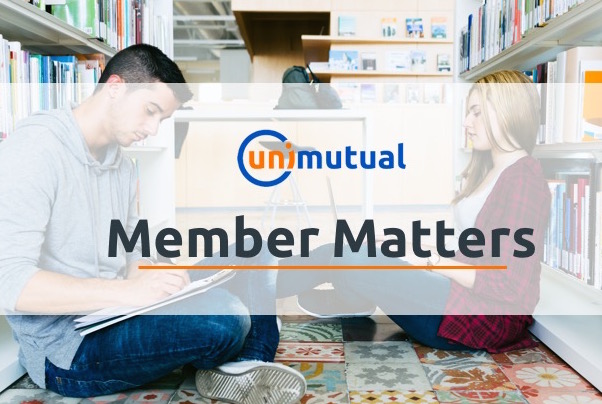
Risk Management Information Systems in 2025: A Whole New World
May 15, 2018
Member Matters Issue #3, 2018
June 12, 2018The Royal Commission into Misconduct in the Banking, Superannuation and Financial Services Industry has exposed a few home truths so far – with more set to be uncovered as it goes on. But it is also a timely reminder of what does work, and the value of those hard-earned wisdoms.
Some of the organisations currently under scrutiny have undergone demutualisation over the last few decades – and many insiders see the current industry issues as a natural consequence. In response to revelations about AMP, which demutualised in 1998, CEO of the Business Council of Co-operatives and Mutuals Melina Morrison, has spoken up (to ABC’s Fran Kelly and the AFR’s Patrick Durkin) in defence of the humble Mutual – asking:
“Would we be in this position, had the respective institutions never demutualised? While we will never know … it seems unlikely.”
Some see mutual structures as old fashioned, but in truth they are at the beginning of a resurgence – for the same reasons that they were created in the first place. For example, Unimutual was formed in response to commercial insurers abandoning cover they could not economically provide – cover that was critical to universities and their unique set of risks. Morrison goes on to emphasise that “the mutual model has the customer at its core. Mutuals only exist to deliver a service to customers.”
In a world where “customer-centricity” has become a buzzword, and often only that, mutuals are on another level. Morrison highlights the conflicting interests of customers and shareholders in traditional business models. These interests are congruent in a mutual structure, where owners and users are one and the same, and have an alignment of purpose and values.
The conflicting interests of customers and shareholders in traditional business models…are congruent in a mutual structure, where owners and users are one and the same.
Whether a co-operative, credit union, building- or friendly- society, mutuals have a robust and beneficial structure for five interconnected reasons:
- Value: Mutuals’ member-owned not-for-profit business model means nothing interferes with providing quality products and services to members, essentially at cost. In practice, in our industry, that means providing the fullest cover, trying to accurately predict upcoming costs and risks – charging only what we need to cover these – and working closely with our partners, brokers and reinsurers to do so.
- Singular Focus: Mutuals are usually created for one purpose – to serve an industry or group that will comprise their members – for the benefit of members, not at their cost. This means they can focus on that end without balancing it against profit margins or other commercial concerns – which in turn leads to sustainability, ethical practice, and independence. In our case, this means our exclusive purpose today is the same as the cause of our creation – to support Australia’s higher education and research sectors through provision of affordable cover that is essential to their broad range of teaching and research activities. This focus trickles down into every aspect of what we do – like looking to provide protection for things that matter to our members, regardless of whether those things drive profit based outcomes.
- Service: The mutual structure keeps member-customer interests at its heart, as Morrison says “The owners use the product, so the quality of the product defines the success of the company” – and, crucially, this success is measured in an ongoing and long-term way. In practice, for us this means excellence in onboarding, claims handling, risk management and daily support, as well as personal relationships with members.
- Control: Member-owned also means member-driven. Mutuals are democratic, which means members have a real say in the decision making process which keeps their shared interests front and centre – and provides certainty they remain so. We have a one member: one vote structure – and we answer to them and only them. It also means the members own the assets and resources.
- Specialisation: Because mutuals comprise members with a commonality of interest, they are a trove of shared knowledge and valuable industry- or sector-specific data and expertise. In practice, this often means collaboratively working towards improvements – for example, we share claims experience, risk management learnings and developments across our member base as well as serving as a conduit for member forums and dialogue. But it also means the mutual itself, as a provider, is an expert in its members – their industry and products, needs and historic experiences – equipping it to best serve and support them, as well as knowing how to price and forecast accurately. As an illustration, our structure enables us to pool risk and leverage the group for economies of scale.
So here’s to the mutual, long may it reign.
Mutuals comprise members with a commonality of interest, they are a trove of shared knowledge, and valuable industry- or sector-specific data and expertise
Owned and controlled by members for the sole benefit and interest of the membership, Unimutual exists to deliver strategic and economic value to the higher education sector by supporting teaching and research through competitive pricing and unrivalled breadth of cover for essential property and liability protection. Unlike commercial insurance companies, our only goal is to provide value to our members, not the pursuit of profit. Click here to find out more about the protection we offer.



